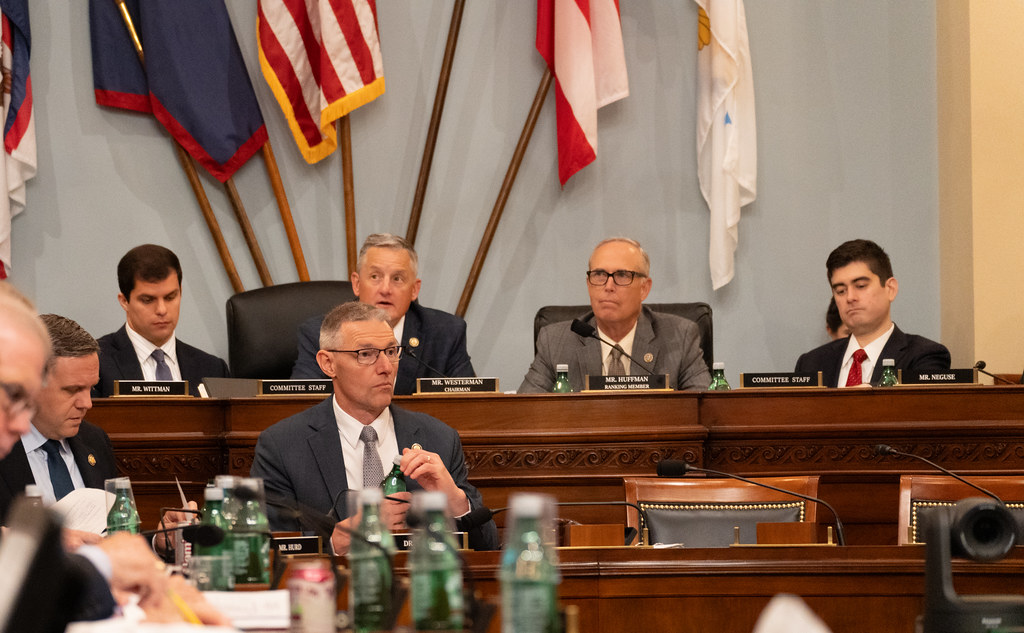
It’s a political déjà vu with an actual-world price: Donald Trump’s militarized seizure of Washington, DC’s police department has again pushed Democrats to search for an answer reassuring voters of safety while cautioning against the excesses of authoritarianism. The moment recalls decades of “law and order” fights except now the disparity between perception and policy is being mined with accuracy, and Democrats have yet to discover their Tony Blair–style balancing act.

1. The DC Crackdown as a Political Stage
Federalizing the Metropolitan Police Department and filling the city streets with National Guard troops was not only about controlling crime it was political theater. He painted the capital as infested with “violent gangs and bloodthirsty criminals,” even though violent crime was at a 30-year low. Military trucks parked by the Washington Monument provided the visual stage for his message. For residents, the display of force is unnerving; for Trump’s base, it’s evidence that he’s “your president of law and order.”
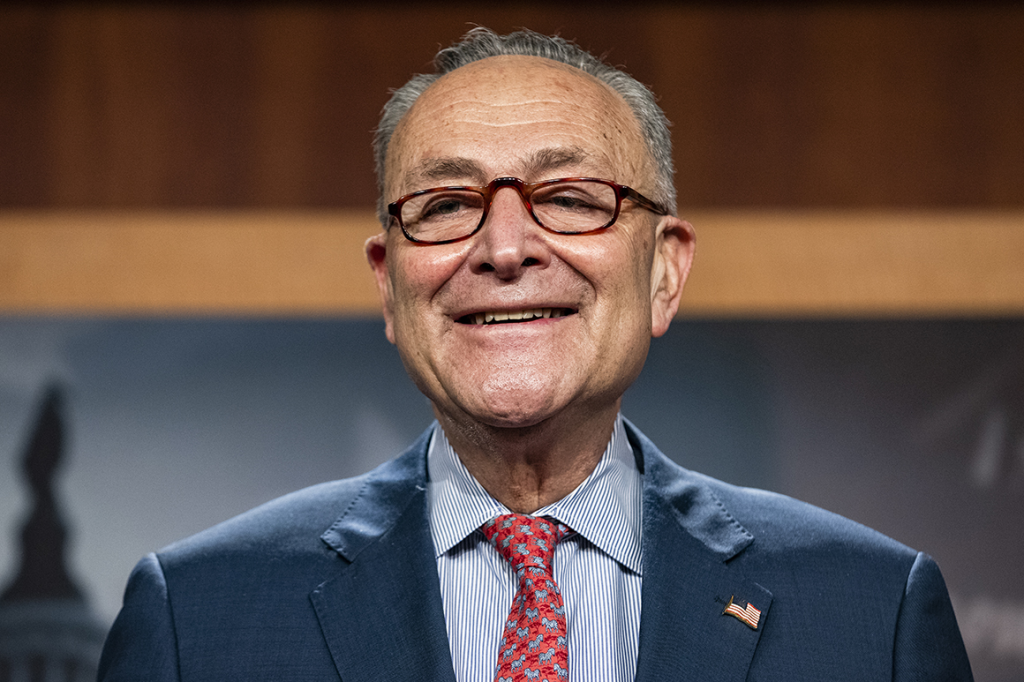
2. Democrats’ Messaging Misfire
Rather than talking about voters’ immediate concerns about safety, many Democratic leaders opened with a caution about authoritarianism. Senate Minority Leader Chuck Schumer branded it “another power grab,” while Rep. Jamie Raskin connected it to Trump’s refusal to release the Epstein files. True or not, these arguments didn’t exactly address the parent concerned about a shooting on her block. As strategist Chuck Rocha explained: “Talk about wanting a safe street… while at the same time saying we shouldn’t have federal officers in our streets.”

3. The Emotional Edge of ‘Law and Order’
The GOP crime playbook is decades old, perfected by Nixon, Reagan, and George H.W. Bush, and restored by Trump with fewer editorial brakes. It’s not about crime data it’s about identity and fear. Republicans spent $1.03 billion in 2024 on crime and immigration advertising, frequently overlaying photos of “smash and grabs” or “tent cities” with Democratic vulnerability warnings. Democrats invested less than a third of that, too frequently parroting GOP “tough” rhetoric rather than presenting a values-based alternative.
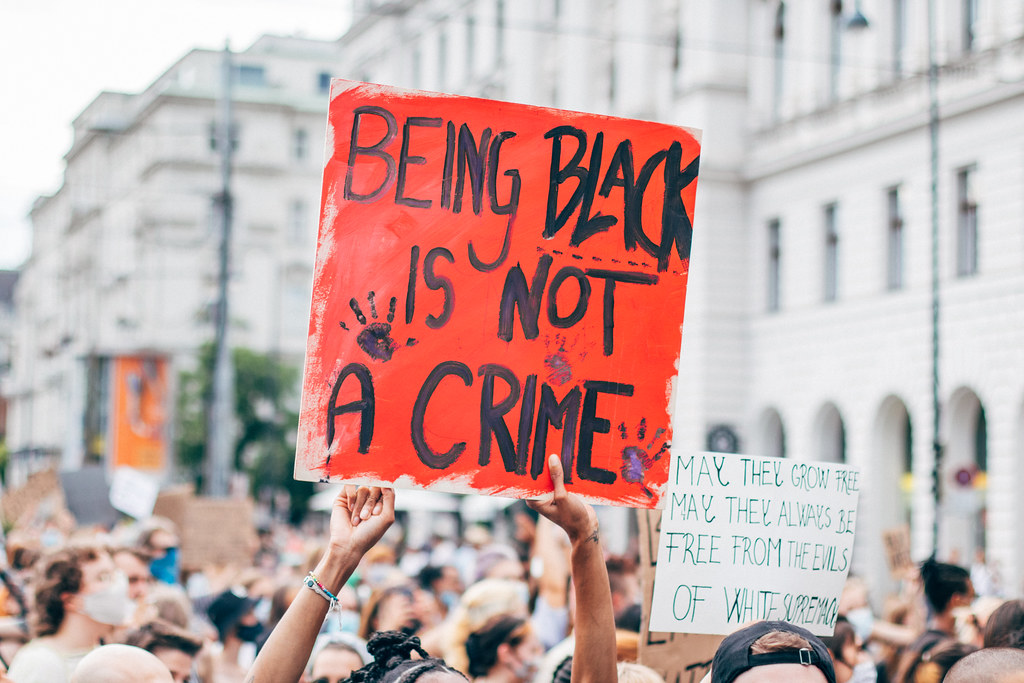
4. Why Facts Alone Don’t Cut It
Pointing out that crime is down doesn’t ease the anxiety of someone who feels unsafe walking home. As Tony Blair learned in the 1990s, the public wants leaders to be “tough on crime, tough on the causes of crime.” Blair’s approach reassured voters that he understood their fears while also addressing root causes something Democrats have yet to replicate at scale.
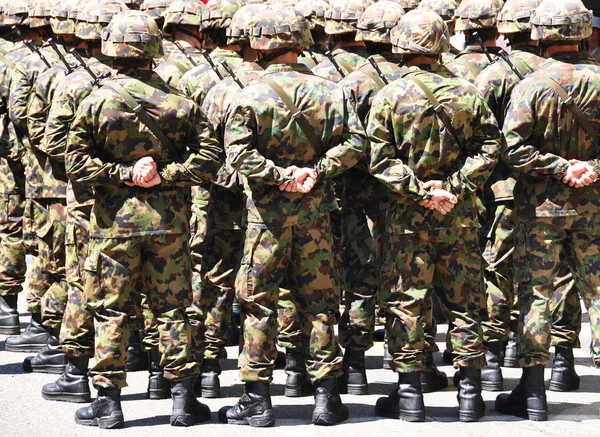
5. The Militarization Backdrop
Trump’s action is part of a larger pattern of police militarization ranging from the Pentagon’s 1033 Program that equips local forces with armored trucks to counterinsurgency strategies applied to city streets. Critics caution that sending soldiers for city policing muddles the distinction between civilian protection and military occupation, tending to heighten tensions instead of defusing them.
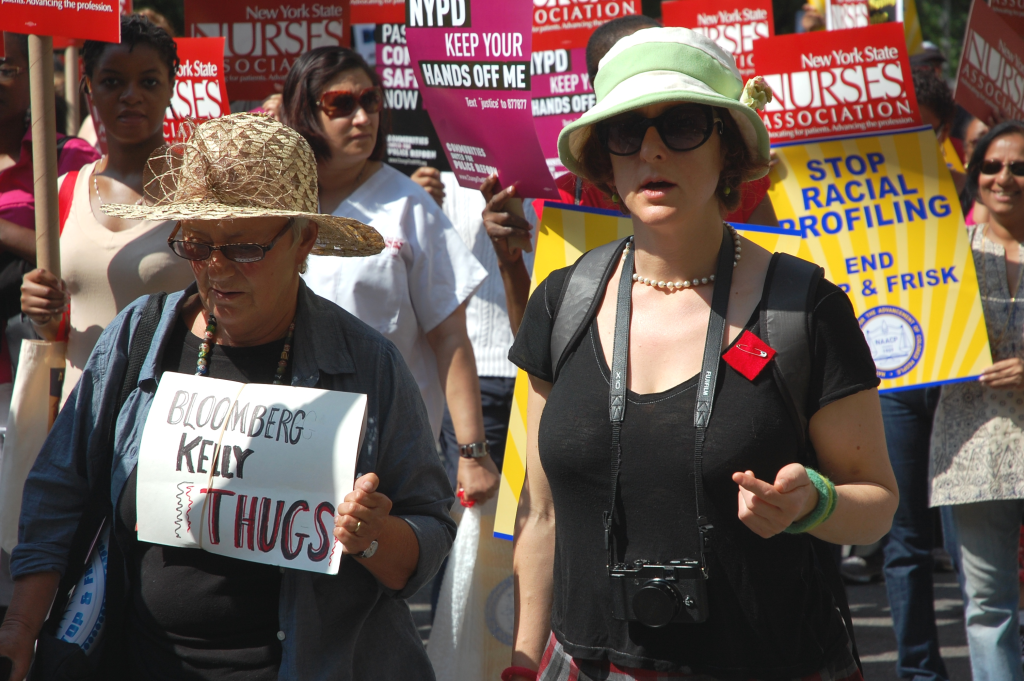
6. Missed Openings Against Trump’s Extremes
Trump’s proposed concepts, such as a nationwide “stop and frisk” policy, are unpopular with voters. Polling indicates a majority, including independents, support accountability for police and criminal justice reform. But Democrats infrequently presented these differences in a manner that spoke to linking safety and rights, leaving potential common ground unfilled.

7. The Psychological Burden of Political Fear
Increased political stress and public safety anxiety can undermine institutional trust and promote zero-sum logic. Political anxiety research indicates that when individuals are made to feel insecure, they’re more likely to be open to strongman answers. That’s why a clear safety message isn’t only electoral tactics it’s a checkpoint against democratic regression.
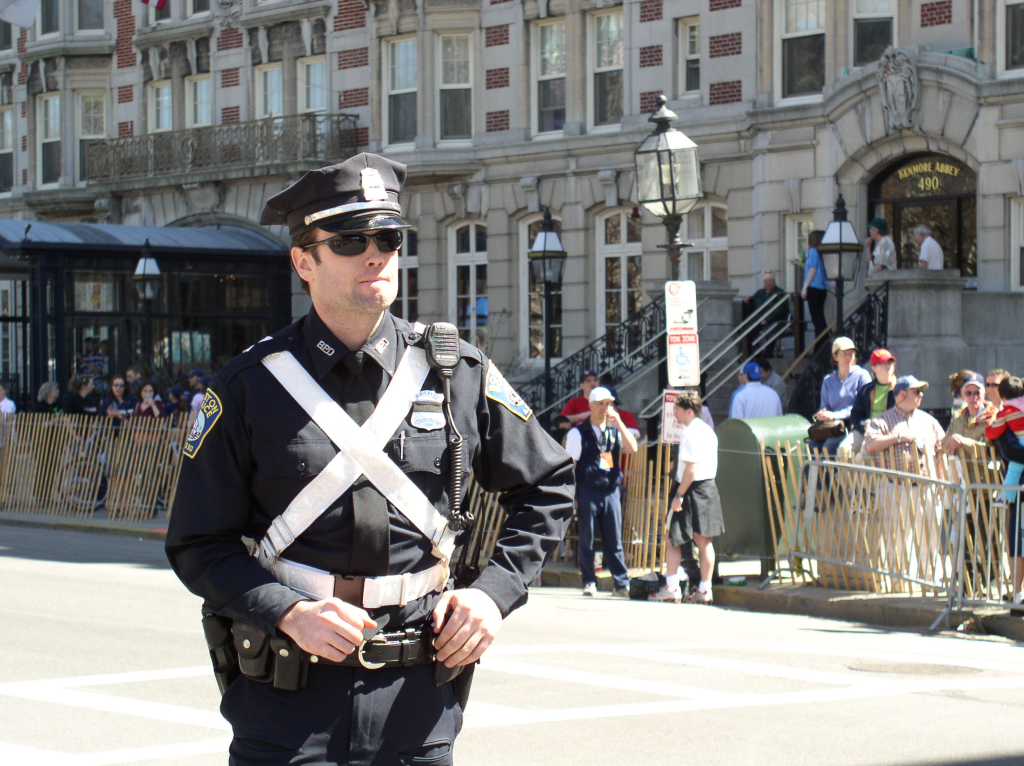
8. What a Winning Message Could Look Like
Vera Action’s focus group testing revealed that a “serious about safety” frame pledging safe communities for all, investing in tested prevention practices, and opposing divisive fear-mongering scare tactics beat “tough on crime” rhetoric by eight points against a GOP ad. It’s a reminder that voters will rally behind leaders able to make safety meaningful to concrete improvements in people’s daily lives, rather than tougher enforcement.

9. The Governors’ Potential
Certain Democratic governors are already marrying toughness with reform. Maryland Governor Wes Moore points to decreasing Baltimore murders without mobilizing the National Guard as evidence that security doesn’t need military optics. Executive-experienced leaders who have balanced enforcement and prevention could set the kind of figurehead Democrats currently missing on the national stage.
The DC street lesson translated to the national stage is simple: in the law-and-order debate, silence or imitation yields the emotional high ground. In response to Trump’s theatrics and the GOP’s billion-dollar fear industry, Democrats require a message that leads citizens to feel safe in their communities and safe in their democracy as well.


